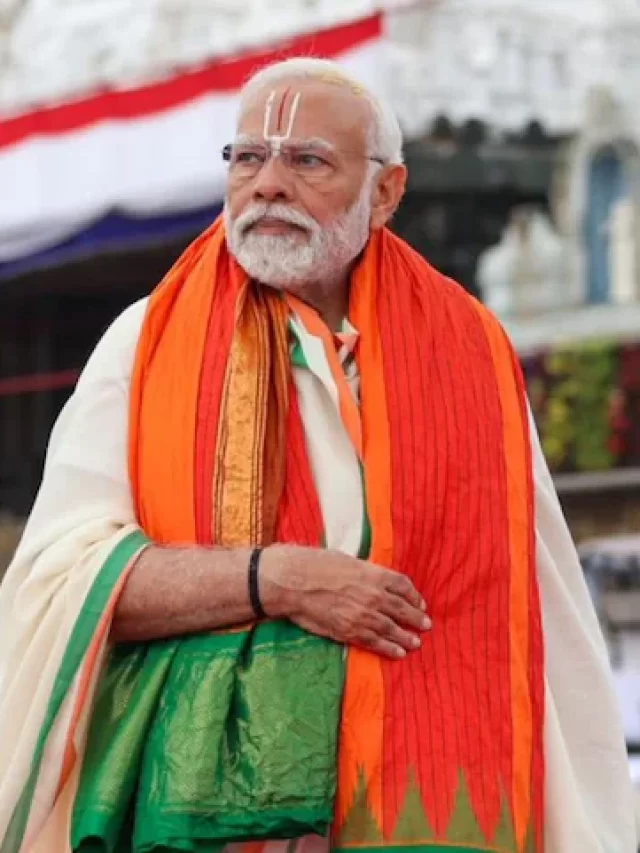Navratri is one of the most widely celebrated festivals in India, dedicated to the worship of Goddess Durga in her nine Shailputri Devi The First Form Of Goddess Durga Worshiped On Navratri’s First Day distinct forms, known as the Navdurga. Each day of the nine-day festival is devoted to a different manifestation of Durga, starting with Shailputri Devi on the first day. Shailputri, the “daughter of the mountains,” symbolizes purity, strength, and the transformative power of nature, making her worship a significant beginning to Navratri’s spiritual journey.
Who is Shailputri Devi?

The name “Shailputri” is derived from two Sanskrit words: Shail meaning mountain and Putri meaning daughter. As the daughter of Himavat, the King of the Himalayas, Shailputri Devi is considered an incarnation of Goddess Parvati. In Hindu mythology, she is also believed to be a reincarnation of Sati, the first wife of Lord Shiva.
Sati, who sacrificed her life due to her father Daksha’s disrespect toward her husband Shiva, was reborn as Shailputri. After intense penance, she again united with Lord Shiva in this incarnation, demonstrating her unwavering devotion. This form of Shailputri is deeply symbolic of strength, persistence, and love.
- Iconography of Shailputri Devi : Shailputri Devi is depicted with Shailputri Devi The First Form Of Goddess Durga a serene and composed appearance, embodying the balance between nature’s raw power and its nurturing qualities. Her image holds significant symbolism:
- Mount (Vahana): Shailputri rides Nandi, the sacred bull, symbolizing strength, determination, and her close connection to Shiva.
- Weapons and Symbols: She holds a trident (Trishul) in her right hand, representing divine power and protection. In her left hand, she carries a lotus, symbolizing purity, spiritual awakening, and the unfolding of divine consciousness.
- Appearance: She is often portrayed wearing red or white attire, reflecting both the passion of life and the purity of soul.Spiritual Significance of Worshiping Shailputri : The first day of Navratri, dedicated to Shailputri Devi, is an important occasion as it marks the beginning of the nine-day spiritual and physical cleansing. Shailputri is the embodiment of Muladhara Chakra (the root chakra), which is the foundation of human existence. The Muladhara Chakra is associated with Shailputri Devi The First Form Of Goddess Durga stability, security, and the grounding of energy.
Worshiping Shailputri on this day helps devotees connect with Shailputri Devi The First Form Of Goddess Durga their own base energy, grounding them and fostering inner strength for the spiritual journey that lies ahead during Navratri. Devotees believe that Shailputri Devi grants blessings of strength, physical well-being, and stability, guiding them to overcome life’s challenges.
Mythological Origins : Shailputri Devi’s connection to Lord Shiva, particularly through her earlier incarnation as Sati, is a key part of Hindu mythology. According to legend, Sati was the daughter of King Daksha and was married to Lord Shiva against her father’s wishes. When Daksha insulted Shiva at a grand yajna (sacrificial fire ritual), Sati could not bear the humiliation and immolated herself. Grief-stricken, Shiva carried her body across the universe, with Shailputri Devi The First Form Of Goddess Durga pieces of her body falling to the Earth, forming sacred sites known as Shakti Peethas.
In her next life, Sati was reborn as Shailputri, the daughter of the Himalayas. She performed intense penance to reunite with Lord Shiva, symbolizing her steadfast devotion and spiritual strength. This tale represents the power of transformation, rebirth, and the eternal union of Shiva and Shakti (the feminine principle of divine energy).
- Rituals and Practices on the First Day of Navratri : The worship of Shailputri Devi on the first day of Navratri pooja is marked by various rituals that set the tone for the rest of the festival. Some of the common practices include:Kalash Sthapana (Ghatasthapana): The first day of Navratri begins with Shailputri Devi The First Form Of Goddess Durga the ritual of Kalash Sthapana, where a sacred pot symbolizing Goddess Durga is placed in homes or temples. This ritual invokes the presence of the goddess for the next nine days.
- Fasting: Devotees often observe a fast on this day to purify their bodies and minds. The fast is accompanied by prayers, chanting, and meditation.
- Offering and Decorations: Devotees offer fresh flowers, fruits, and sweets like halwa and kheer to Shailputri Devi. They also adorn her idol or image with red flowers and cloth, as red is her favored color and symbolizes strength.
- Mantras and Hymns: Devotees recite hymns and mantras such as the Durga Saptashati to invoke her blessings and protection.
- Color Symbolism: Red is the color associated with Shailputri, symbolizing both strength and passion. Devotees often dress in red attire to honor the goddess and align themselves with her divine energy.
Significance of Shailputri’s Worship in Navratri :Shailputri Devi’s worship on the first day of Navratri is essential for laying the spiritual foundation for the days to come. Her blessings ensure the devotees are grounded and rooted in their physical and spiritual journey. Shailputri represents the natural balance between the physical and the divine, emphasizing the need to strengthen both body and soul for a fulfilling life.As the goddess of the root chakra, she helps her devotees achieve balance and stability in life, guiding them to face challenges with courage and fortitude. By worshiping Shailputri, devotees seek the divine energy that can help them purify their minds, remove obstacles, and lead them on the path of spiritual awakening.
Shailputri Devi, the first form of Goddess Durga, holds immense significance in Navratri celebrations. As the embodiment of purity, strength, and grounding, she sets the tone for the nine-day festival, offering blessings that strengthen the foundation of physical and spiritual well-being. Her mythological background as the reincarnation of Sati and her union with Shiva reflect the timeless themes of transformation, devotion, and the cyclical nature of life. On the first day of Navratri, devotees seek her blessings to begin their spiritual journey with Shailputri Devi The First Form Of Goddess Durga determination, stability, and grace.
By honoring Shailputri Devi The First Form Of Goddess Durga , devotees pay homage to the power of nature, the importance of balance, and the divine feminine energy Google that governs creation and destruction in the universe.



